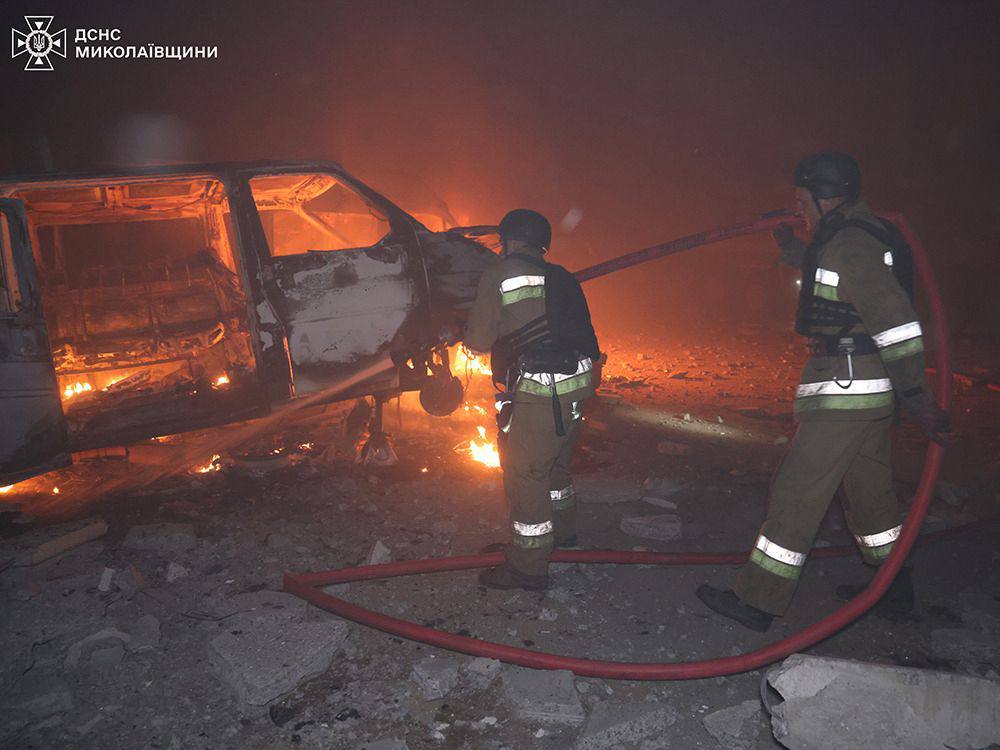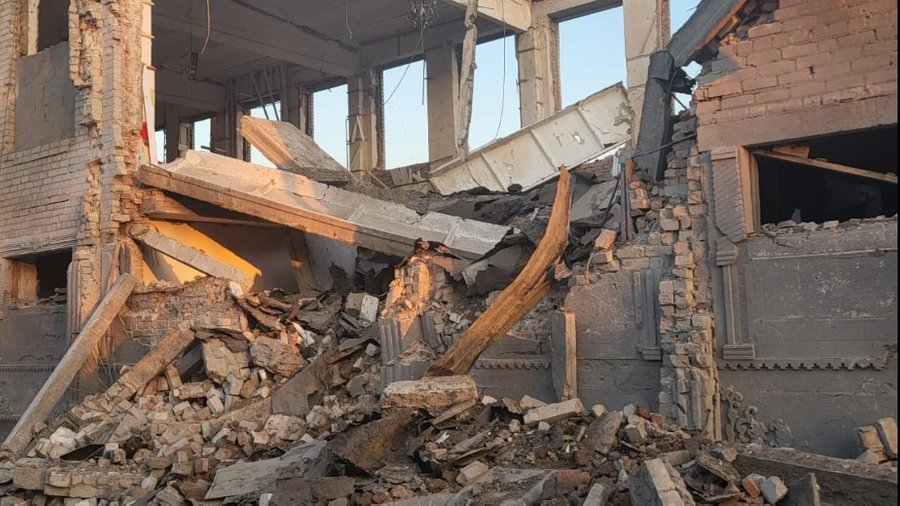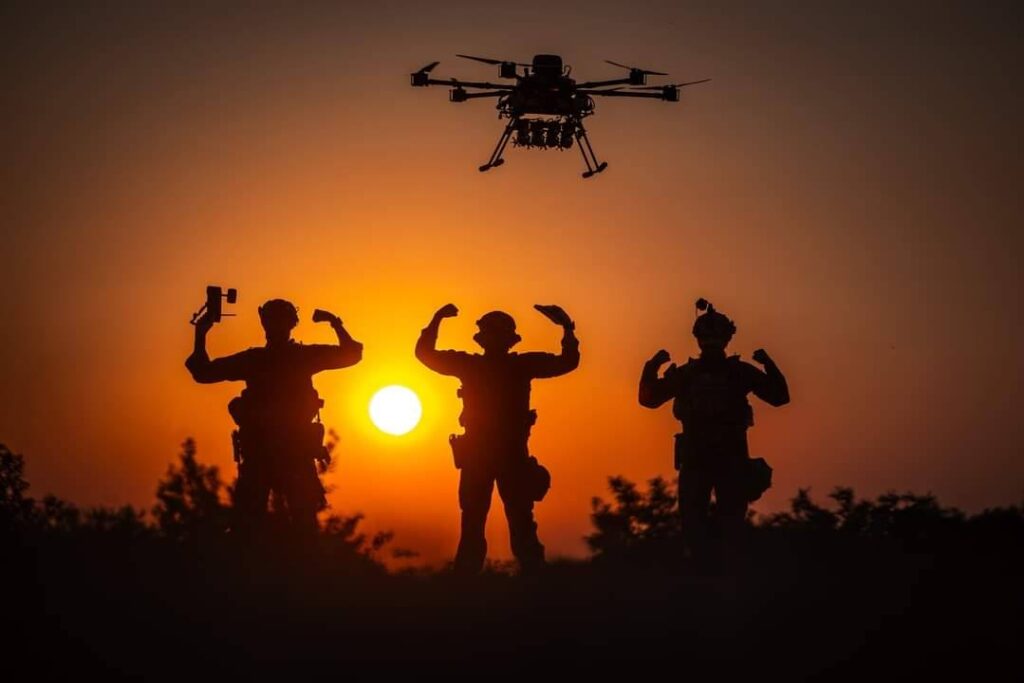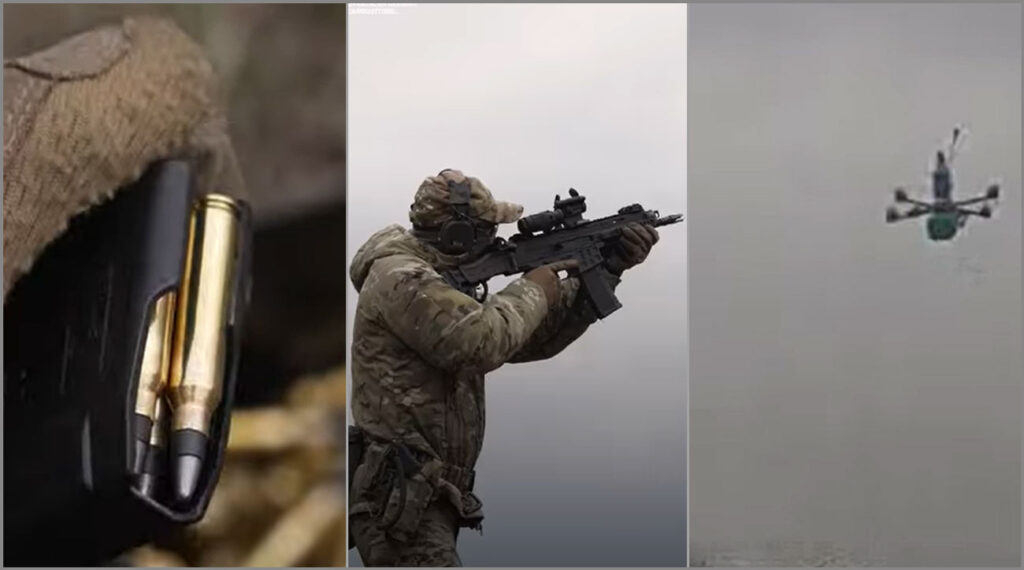Pregnant woman among 22 killed by Russia in one day, Zelenskyy says

Pregnant woman among 22 killed by Russia in one day, Ukraine’s President Volodymyr Zelenskyy reported. Russian guided bombs, drones, and missiles targeted 73 Ukrainian towns and villages overnight, leaving homes, hospitals, and stores destroyed. The president said 85 more people were injured during the massive air assault.
Pregnant woman among 22 killed in hospital strike
Zelenskyy said a missile hit the premises of a hospital in Kamianske, Dnipropetrovsk Oblast, at two o’clock in the morning. Three people died in that attack. One of them was 23‑year‑old Diana, who was pregnant. The strike heavily damaged a maternity ward and the therapy unit’s building. Windows were shattered, cars burned, and nearby schools and kindergartens lost most of their glass and doors. 49 homes also suffered damage.
The head of Dnipropetrovsk Oblast, Serhii Lysak, said that Russia conducted a missile strike on Kamianske, while guided bombs and FPV drones struck communities in Synelnykove district.
“A three‑story building that was not in use was partially destroyed. Nearby, medical facilities were damaged: a maternity ward and a department of the city hospital,” Lysak wrote.
Lysak also reported that Russia used a KAB guided bomb against Velykomykhailivska community, killing a 75‑year‑old woman died and injuring a 68‑year‑old man. The attack damaged four houses, a gas station, stores and administrative buildings, and a truck caught fire. While firefighters were putting out the flames, Russian drones returned to strike them again, destroying a fire truck. None of the crew were injured, the Emergency Service says.
Nikopol, Marhanets and Pokrovska communities in the oblast also came under artillery and drone fire. Detached homes, farm buildings, a shop, a recreation facility, a power line and a vehicle were damaged.
Russia bombs penal colony in Zaporizhzhia Oblast
Late in the evening and almost at midnight, Russian aircraft attacked a penal colony in Zaporizhzhia Oblast. Zelenskyy said the strike was deliberate and aimed at civilians inside the facility. The Russian attack killed 17 inmates, and wounded 42 more. 41 more people “sustained injuries of varying severity,” according to Ukraine’s Justice Ministry.
Air Force reports downed drones, but not missiles
Ukraine’s Air Force said that starting from 21:40 on 28 July and through the night of 29 July, Russia launched two Iskander‑M ballistic missiles and 37 Shahed drones, along with decoy drones, from Russia and occupied Crimea. The attack came from the directions of Oryol, Kursk and Hvardiiske.
Air defense forces, including aviation, anti‑aircraft missile units, electronic warfare teams and mobile fire groups, shot down or suppressed 32 of the drones.
Zelenskyy calls for pressure on Russia
In his morning message, Zelenskyy praised US President Donald Trump for stating that Russia wastes the world’s time talking about peace while killing civilians. He said the Kremlin must be forced to end the war through strong sanctions and that true peace will come only when Russia stops its aggression.
“Russia killed 22 people in one day,” Zelenskyy said. “We all want real peace. Peace is possible when Russia ends the war it started.”




